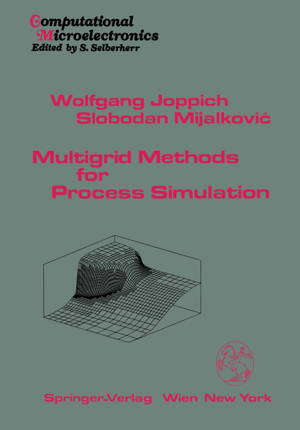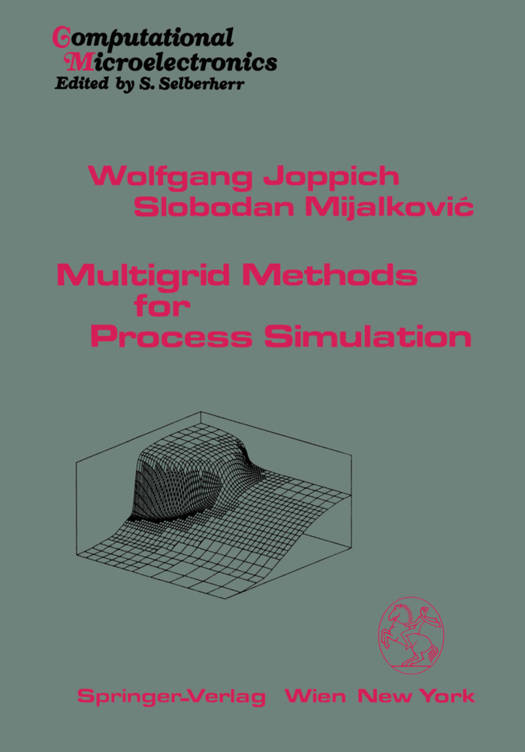
Je cadeautjes zeker op tijd in huis hebben voor de feestdagen? Kom langs in onze winkels en vind het perfecte geschenk!
- Afhalen na 1 uur in een winkel met voorraad
- Gratis thuislevering in België vanaf € 30
- Ruim aanbod met 7 miljoen producten
Je cadeautjes zeker op tijd in huis hebben voor de feestdagen? Kom langs in onze winkels en vind het perfecte geschenk!
- Afhalen na 1 uur in een winkel met voorraad
- Gratis thuislevering in België vanaf € 30
- Ruim aanbod met 7 miljoen producten
Zoeken
€ 112,95
+ 225 punten
Omschrijving
It was about 1985 when both of the authors started their work using multigrid methods for process simulation problems. This happened in- dependent from each other, with a completely different background and different intentions in mind. At this time, some important monographs appeared or have been in preparation. There are the three "classical" ones, from our point of view: the so-called "1984 Guide" [12J by Brandt, the "Multi-Grid Methods and Applications" [49J by Hackbusch and the so-called "Fundamentals" [132J by Stiiben and Trottenberg. Stiiben and Trottenberg in [132J state a "delayed acceptance, resent- ments" with respect to multigrid algorithms. They complain: "Nevertheless, even today's situation is still unsatisfactory in several respects. If this is true for the development of standard methods, it applies all the more to the area of really difficult, complex applications." In spite of all the above mentioned publications and without ignoring important theoretical and practical improvements of multigrid, this situa- tion has not yet changed dramatically. This statement is made under the condition that a numerical principle like multigrid is "accepted", if there exist "professional" programs for research and production purposes. "Professional" in this context stands for "solving complex technical prob- lems in an industrial environment by a large community of users". Such a use demands not only for fast solution methods but also requires a high robustness with respect to the physical parameters of the problem.
Specificaties
Betrokkenen
- Auteur(s):
- Uitgeverij:
Inhoud
- Aantal bladzijden:
- 309
- Taal:
- Engels
- Reeks:
Eigenschappen
- Productcode (EAN):
- 9783709192559
- Verschijningsdatum:
- 22/01/2012
- Uitvoering:
- Paperback
- Formaat:
- Trade paperback (VS)
- Afmetingen:
- 170 mm x 244 mm
- Gewicht:
- 530 g

Alleen bij Standaard Boekhandel
+ 225 punten op je klantenkaart van Standaard Boekhandel
Beoordelingen
We publiceren alleen reviews die voldoen aan de voorwaarden voor reviews. Bekijk onze voorwaarden voor reviews.









